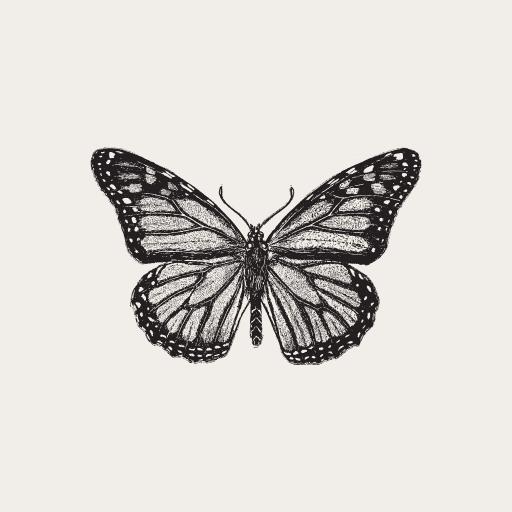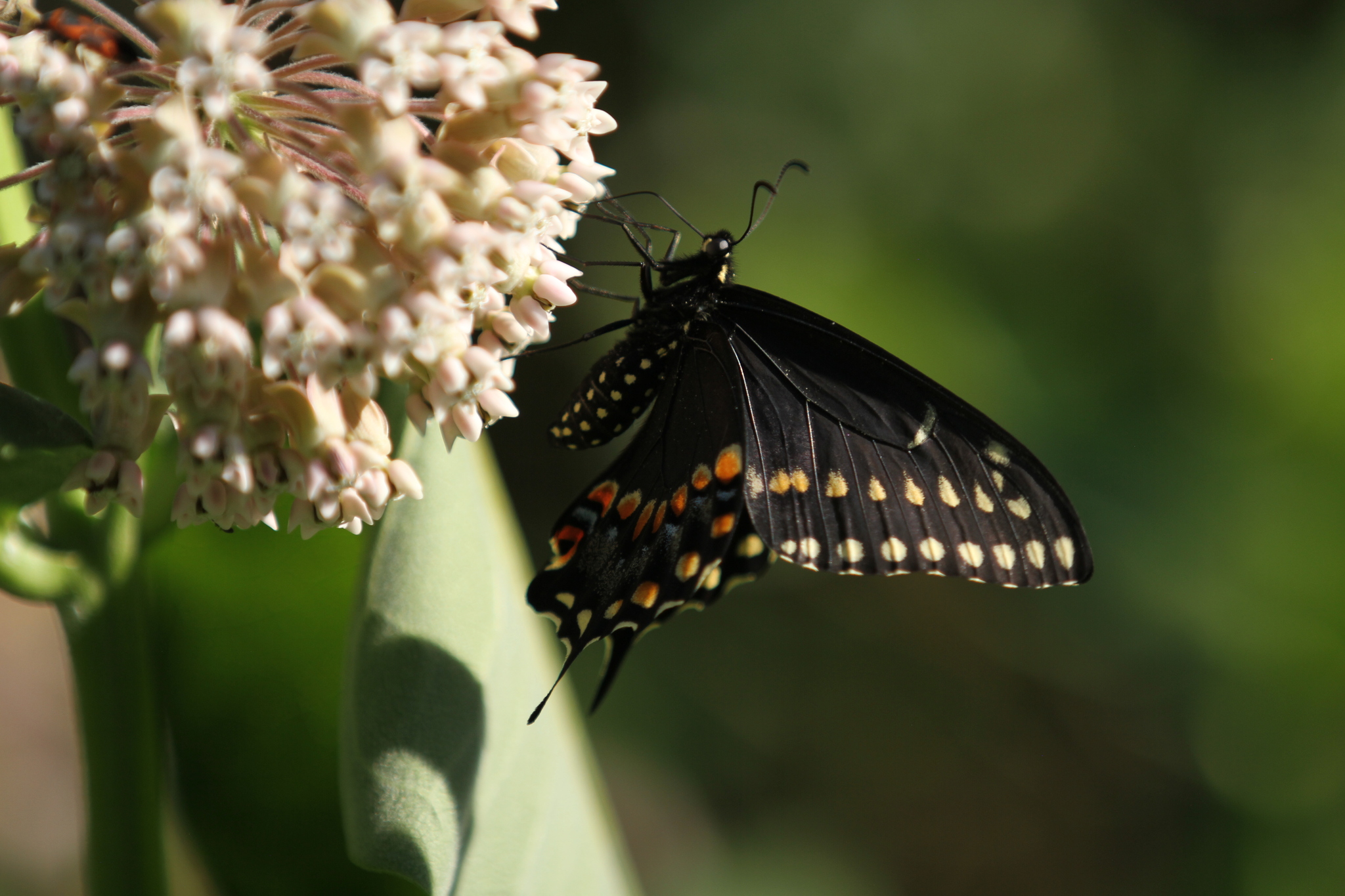How to Build a Butterfly Garden with Native Plants
Butterflies are not only beautiful creatures but also vital pollinators in our ecosystems. By creating a butterfly-friendly garden using native plants, you can help support these delicate insects while enhancing the beauty of your landscape. Native plants, especially nectar-rich flowers, provide the ideal environment for butterflies at all stages of their life cycle—from larvae to adults. In this article, we’ll explore the importance of native plants in butterfly gardens and the best species to plant to attract these colorful pollinators.
Why Native Plants Are Essential for Butterflies
Native plants have evolved alongside local wildlife, including butterflies, making them the best choice for attracting and supporting these pollinators. Non-native plants may lack the proper nectar or food sources that butterflies need, or they may not provide the correct habitat for caterpillars. Native plants, on the other hand, are perfectly adapted to the local environment and provide the nutrients, shelter, and nesting sites butterflies need to thrive.
- Nectar Sources for Adult Butterflies:
Nectar-rich flowers are essential for adult butterflies as they provide the energy needed for flight and reproduction. Native flowers like milkweed, coneflowers, and lead plant are particularly attractive to butterflies, offering abundant nectar and long-lasting blooms that cater to a variety of species. - Host Plants for Butterfly Larvae:
Butterflies lay their eggs on specific host plants that their larvae (caterpillars) will feed on once they hatch. These plants are essential for supporting the butterfly life cycle. For example, monarch butterflies rely on milkweed as a host plant for their larvae, while black swallowtail butterflies favor dill and fennel. - Pesticide-Free Habitat:
By choosing native plants and avoiding the use of harmful pesticides, you can create a safe environment for butterflies to thrive. Pesticides can poison butterflies and destroy their food sources, which is why using organic gardening practices is crucial for protecting these important pollinators. - Attracting a Variety of Butterfly Species:
A well-planned butterfly garden featuring a variety of native plants can attract numerous butterfly species throughout the seasons. Different species are attracted to different flowers, so planting a diverse array of native plants will ensure that you support butterflies at all stages of their life cycle.
Best Native Plants for Attracting Butterflies
Here are some of the best native plant species that are known for attracting butterflies with their nectar and providing host plants for caterpillars:
- Milkweed (Asclepias spp.):
Milkweed is a must-have plant for any butterfly garden, especially for attracting monarch butterflies. Monarchs rely on milkweed as a host plant for their larvae, while its nectar-rich flowers attract adult butterflies. Several varieties of milkweed, such as butterfly weed (Asclepias tuberosa), are especially popular for their bright orange blooms. - Black-eyed Susan (Rudbeckia hirta):
Black-eyed Susan is a native wildflower that produces large, golden-yellow flowers that butterflies, especially tiger swallowtails and painted ladies, love. The seeds of this flower are also a food source for other wildlife, making it a great all-around plant for your garden. - Purple Coneflower (Echinacea purpurea):
Purple coneflower is another excellent nectar source for butterflies, particularly for species like the fritillary and skippers. The large, daisy-like flowers attract butterflies and bees, and the seeds are a food source for birds in the fall. - Bee Balm (Monarda spp.):
Bee balm, also known as wild bergamot, is highly attractive to butterflies, hummingbirds, and bees. The vibrant pink, red, or purple flowers are rich in nectar, making them a perfect addition to a butterfly garden. This plant also has aromatic foliage, which helps repel pests while attracting pollinators. - Lead Plant (Amorpha canescens):
Lead plant is a unique, native perennial that produces purple-blue spikes of flowers loved by butterflies, especially the silver-spotted skipper. It’s an excellent nectar source and attracts a variety of pollinators, including bees and butterflies. Lead plant also thrives in poor soil conditions, making it an ideal addition to a low-maintenance garden. - Liatris (Liatris spp.):
Liatris, or blazing star, produces tall spikes of purple flowers that attract butterflies and bees. The flowers provide nectar throughout the summer and are a favorite of butterflies such as the painted lady and red-spotted purple. - Joe-Pye Weed (Eutrochium spp.):
Joe-Pye weed is a tall, native perennial that blooms in late summer and attracts butterflies, particularly the swallowtail species. Its large clusters of pink or purple flowers are rich in nectar, making it a valuable addition to any butterfly garden. - Goldenrod (Solidago spp.):
Goldenrod is an essential late-season nectar source for butterflies, providing food for species such as the monarch and painted lady during their migration. The yellow flowers also attract bees and other pollinators, contributing to overall garden biodiversity. - Wild Lupine (Lupinus perennis):
Wild lupine is a host plant for the endangered Karner blue butterfly. The blue or purple flower spikes of lupine attract a variety of butterflies and pollinators, and its leaves provide nourishment for caterpillars of the Karner blue.
Designing Your Butterfly Garden
To create a butterfly garden that attracts and supports a variety of butterfly species, consider these design tips:
- Plant in Clusters:
Butterflies are more likely to visit clusters of flowers, so group plants together in drifts or masses. This helps create a more vibrant and inviting space for butterflies. - Provide Sun and Shelter:
Butterflies are cold-blooded and need the warmth of the sun to thrive. Plant your butterfly garden in a sunny location and add some sheltering plants, like shrubs or trees, where butterflies can rest and escape from wind. - Plan for All Seasons:
To support butterflies throughout the year, include plants that bloom at different times. Early-season bloomers like milkweed will attract butterflies in spring, while late-season plants like goldenrod will help monarchs during their migration. - Avoid Pesticides:
Use organic gardening practices and avoid chemical pesticides, which can harm butterflies and their larvae. Consider using natural pest control methods, such as encouraging predatory insects or planting companion plants that repel harmful pests.
Plant Native, Attract Butterflies
Creating a butterfly garden with native plants is a rewarding and eco-friendly way to support these essential pollinators. By planting nectar-rich flowers and host plants, you can help ensure that butterflies have the food and shelter they need at every stage of their life cycle. With the right selection of native plants, your garden can become a sanctuary for butterflies, providing beauty, biodiversity, and joy for years to come.
Ready to create your own butterfly garden? Start planting native flowers today and attract a variety of butterflies to your backyard. With the right plants, you can provide a vital habitat for these important pollinators while enhancing the beauty of your garden.
FAQ
Nectar-rich flowers are plants that produce abundant nectar, which adult butterflies rely on for energy. These flowers provide the vital nutrition needed for butterflies to fly, reproduce, and maintain their health. Popular nectar-rich native flowers include milkweed, coneflowers, and lead plant.
Host plants are the specific plants where butterflies lay their eggs, and the larvae (caterpillars) feed on the leaves or stems after hatching. These plants are essential for supporting the butterfly life cycle. For example, monarch butterflies rely on milkweed as a host plant, while black swallowtails favor dill and fennel.
Avoid using harmful chemical pesticides in your garden, as they can poison butterflies and damage their food sources. Instead, opt for organic gardening practices or use natural pest control methods, such as encouraging predatory insects or planting companion plants that repel harmful pests.
Plant a diverse range of native plants that provide both nectar for adult butterflies and host plants for larvae. Different butterfly species are attracted to different flowers, so a variety of plants will ensure that butterflies can find food and shelter year-round.
Yes! For example, the Karner blue butterfly relies on wild lupine as a host plant. By planting native species that cater to the needs of endangered butterflies, you can help support these vulnerable populations.

